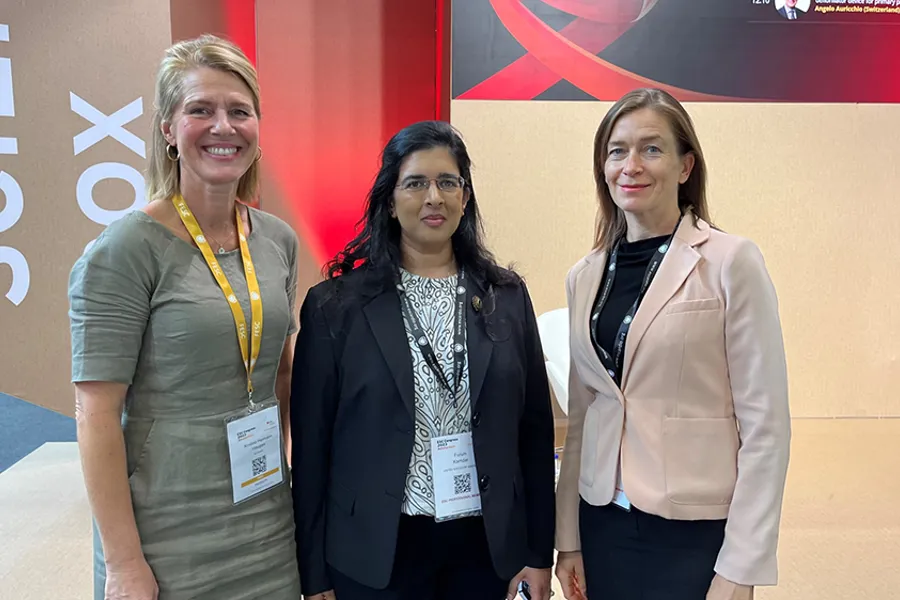1
Collaboration with the University of Minnesota on Lamin A/C cardiomyopathy
The University of Minnesota and ProCardio researchers, Kristina Haugaa and Nina Hasselberg, have been awarded research funding to further the understanding of the underlying causes of the heart disease, Lamin A/C cardiomyopathy

Lamin A/C cardiomyopathy is a severe genetic heart disease caused by a mutation in the Lamin gene, which is a protein found in the cell nucleus membrane of the body's cells. The symptoms of this disease can manifest as early as in the 20s, initially presenting as heart rhythm disturbances, and can lead to severe heart rhythm disorders, potentially resulting in cardiac arrest and heart failure.
Kristina Haugaa, a professor at the Institute of Clinical Medicine, has secured research funding in collaboration with the University of Minnesota to investigate the disease. The project, named LaMinOs, aims to gain a deeper understanding of the disease and the mechanisms behind heart fibrosis, with the hope of identifying potential targets for treatment.
The project will combine clinical research at the University of Oslo with basic research at the University of Minnesota, utilizing a large patient cohort affected by the Lamin gene mutation for their studies. The research team also aims to develop new treatments and simpler methods for detecting the disease, ultimately benefiting patients. Additionally, Kristina Haugaa played a pivotal role in shaping the new European guidelines for the treatment of heart muscle diseases, including Lamin A/C cardiomyopathy, representing the University of Oslo in this significant endeavor.
This research aims to shed light on the disease and its causes and to potentially develop new treatments and diagnostic methods to benefit the affected patients.